Harsh conditions confront European settlers on the Yorke Peninsula
Early settlers on the Yorke Peninsula in South Australia faced numerous challenges as they attempted to establish themselves in this rugged and remote region. The harsh, semi-arid climate presented significant obstacles, with scorching summers, limited rainfall, and unpredictable weather patterns making agriculture a constant struggle.
Nothing conveys the harsh conditions encountered by those who come come here, hoping to eke out out a meagre living than these remnants of shattered dream that I saw on the Yorke Peninsula south of Port Broughton.
Water scarcity was a critical issue, forcing settlers to rely on wells, rainwater tanks, and often brackish water sources. The peninsula’s rocky, limestone-based soil proved difficult to cultivate, requiring immense effort to clear land and establish viable farms.
Isolation was another major hardship. With limited roads and transportation options, settlers were often cut off from supplies, medical care, and social connections. This isolation could lead to feelings of loneliness and despair, particularly during times of illness or crop failure.
The native vegetation, dominated by mallee scrub, was tough to clear and provided little immediate economic value. Settlers had to contend with unfamiliar wildlife, including venomous snakes and insects.
Despite these challenges, the early settlers persevered through hard work and determination. They gradually established communities, developed farming techniques suited to the local conditions, and laid the foundation for the peninsula’s future development as an important agricultural region.
If you like these old deserted buildings, I nave more in this collection.


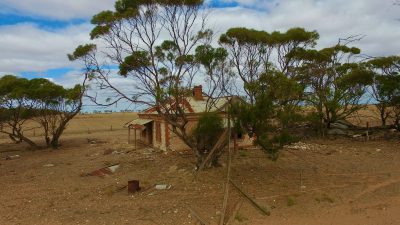
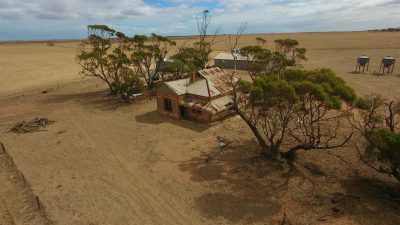
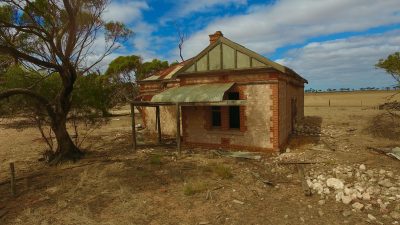
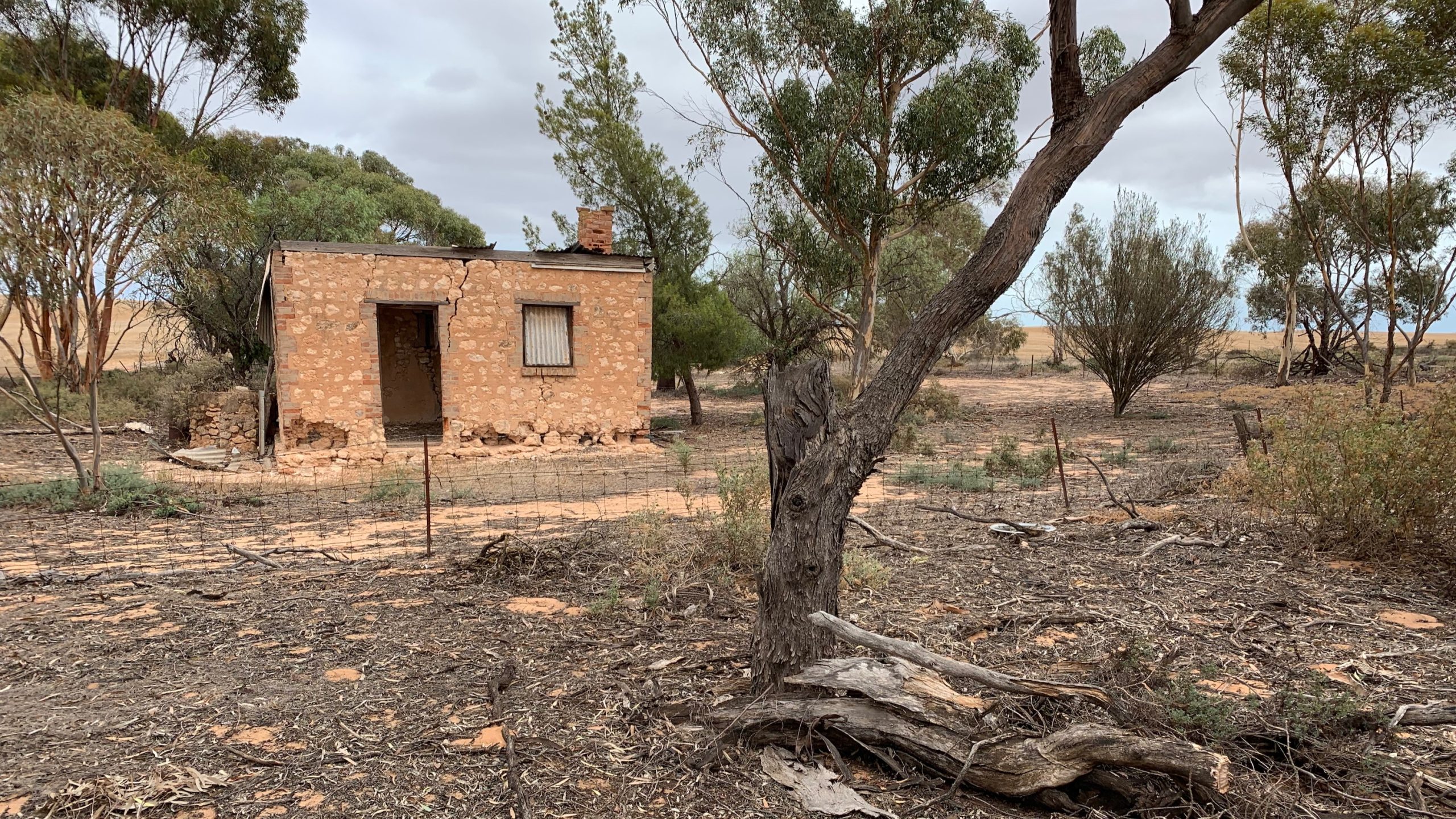

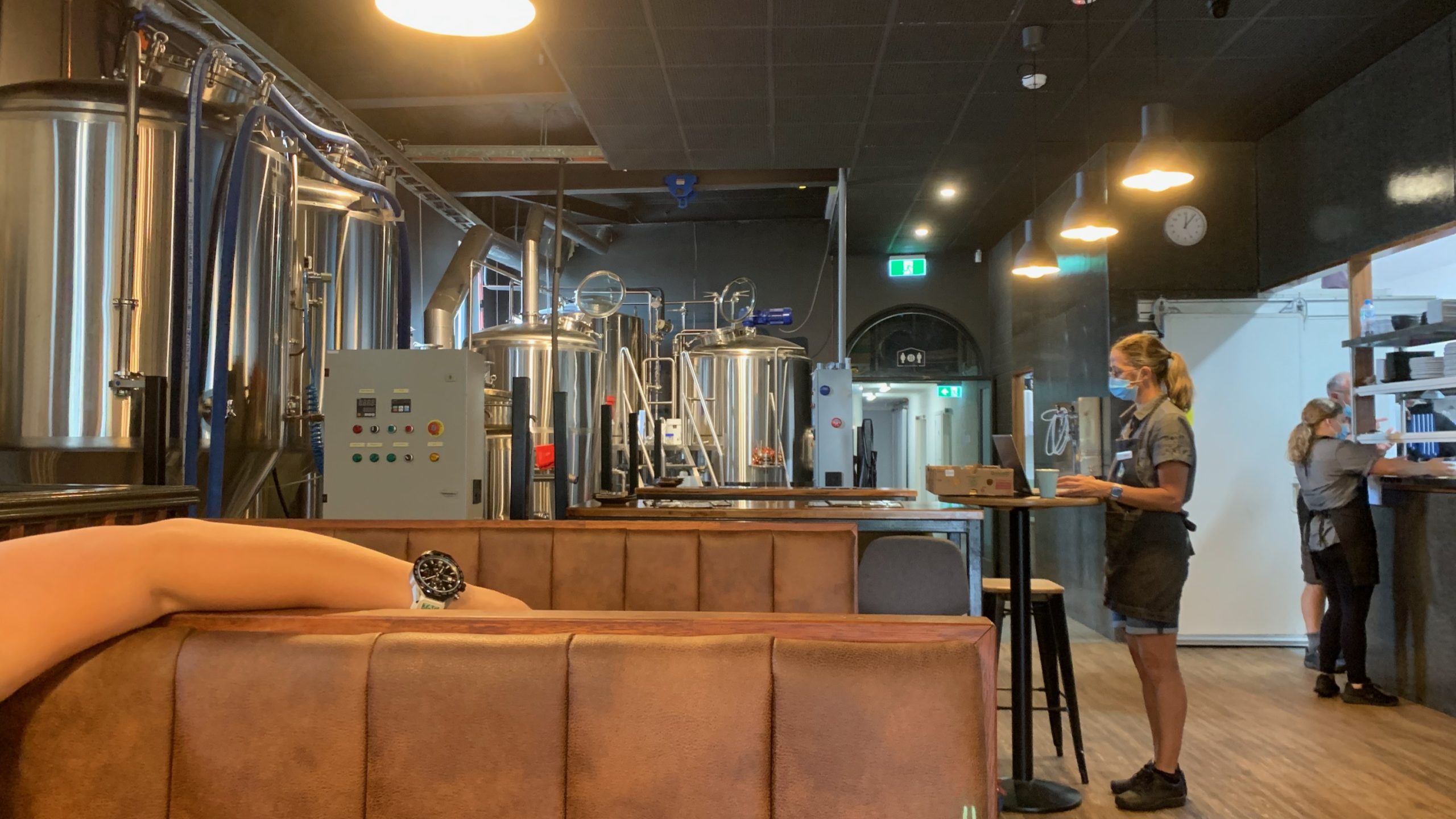
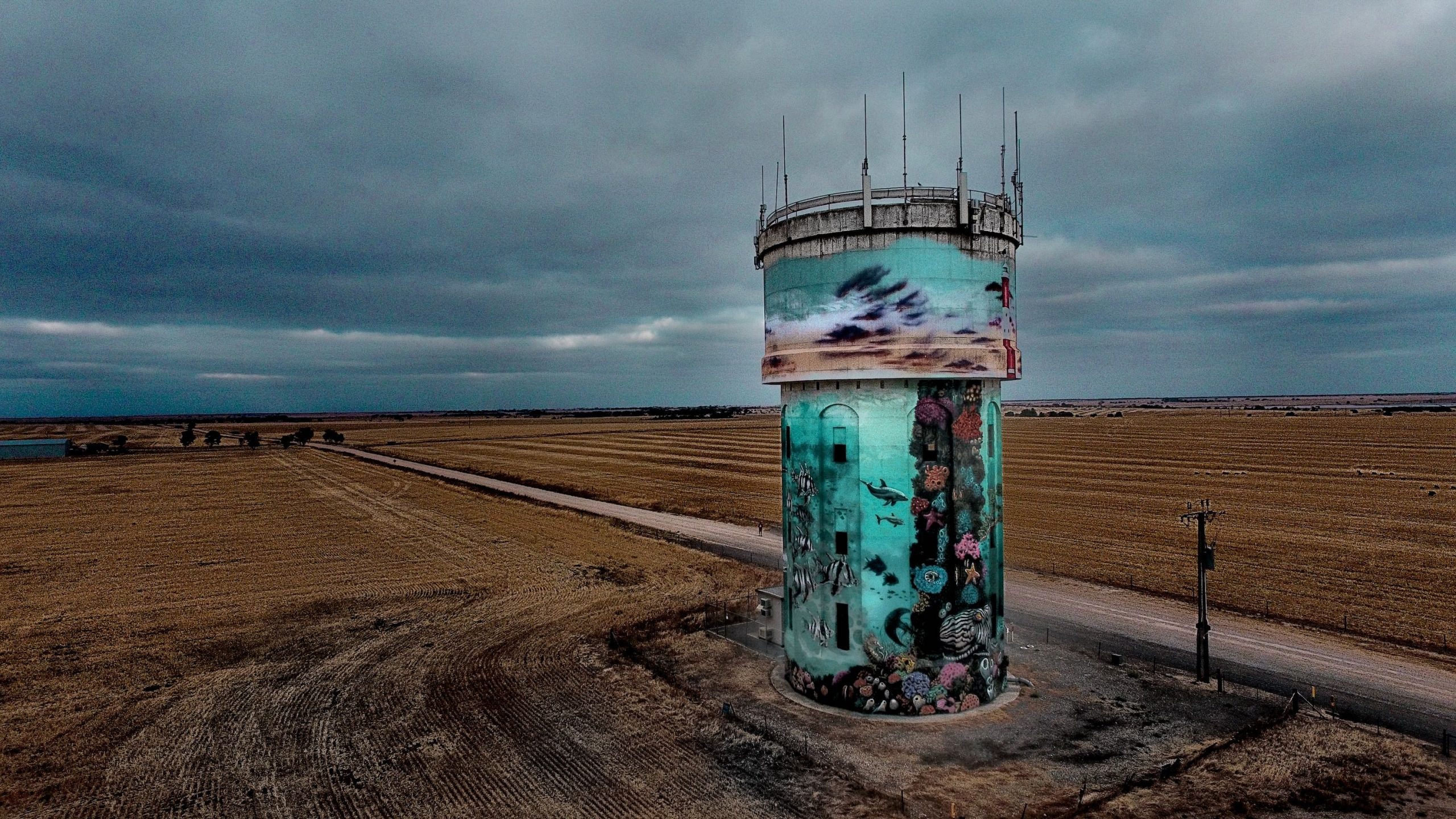

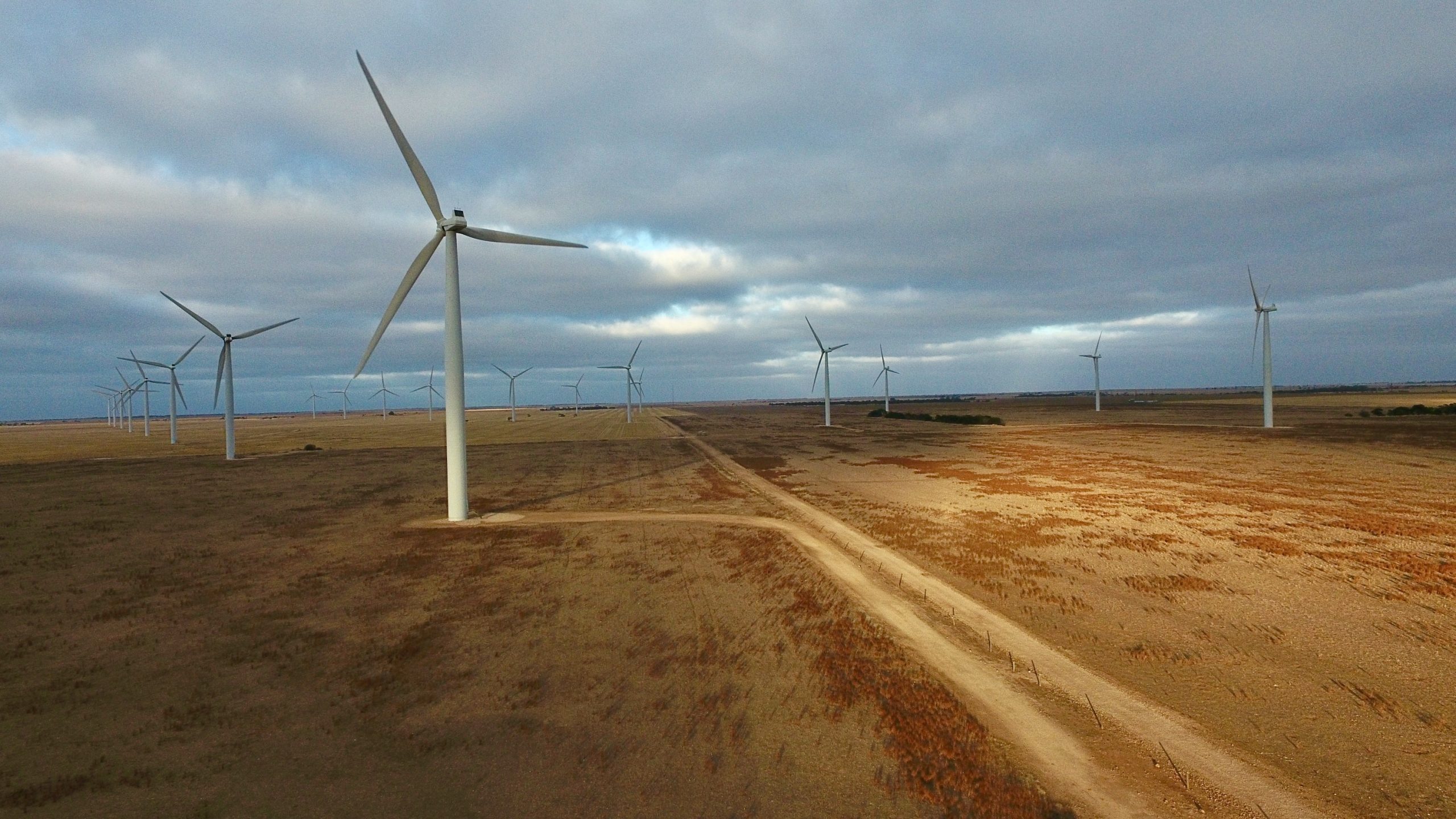
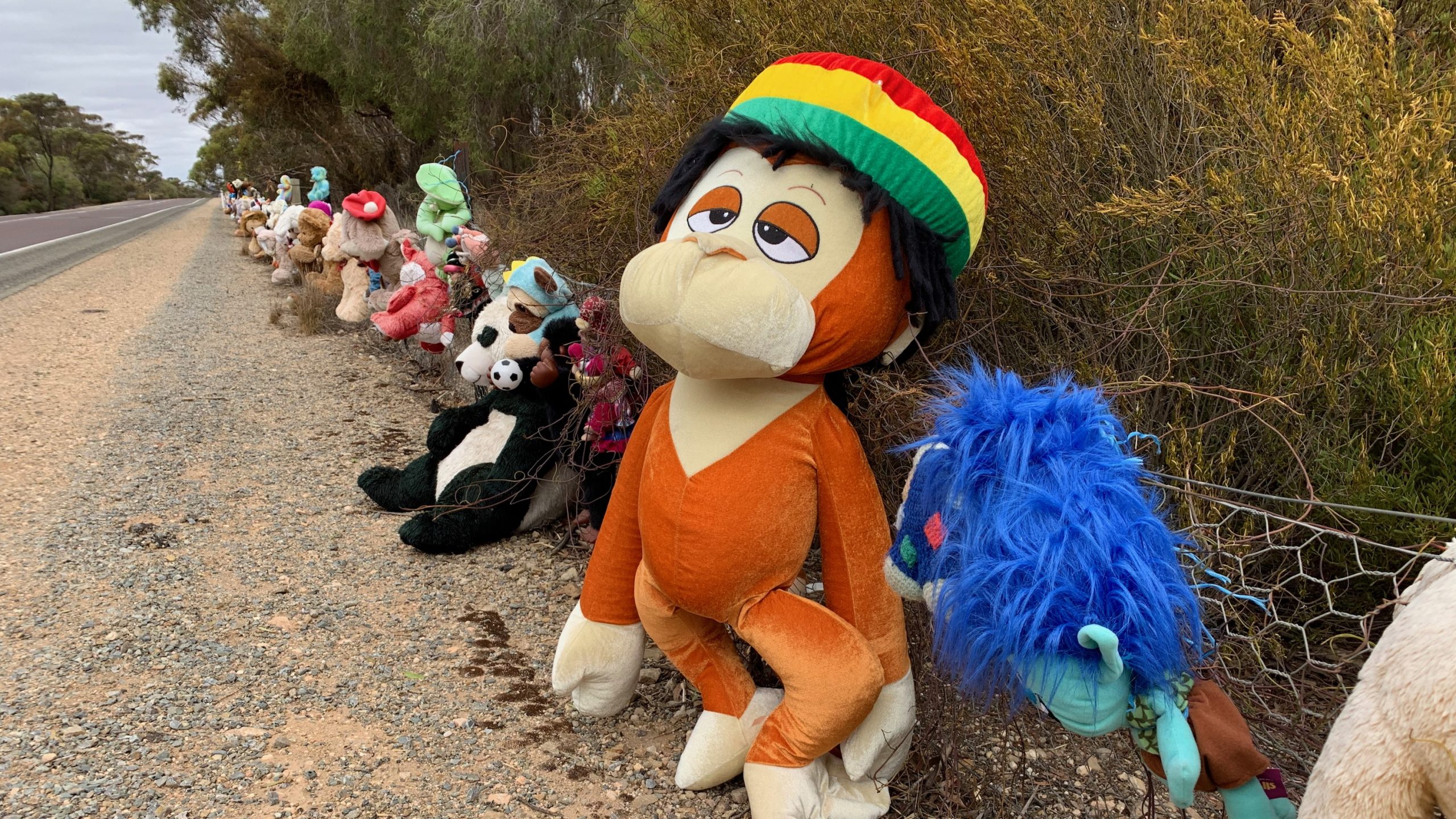
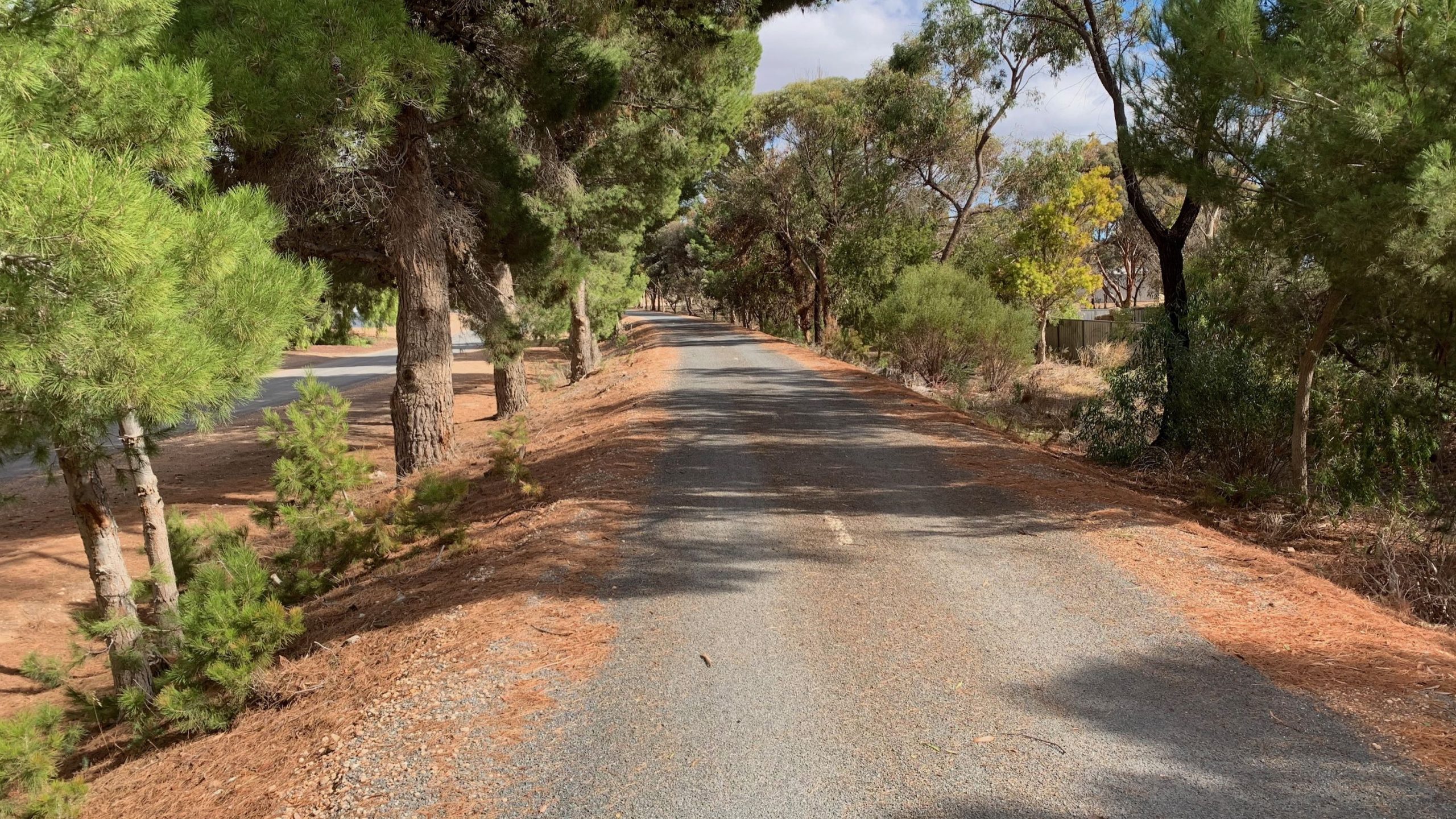


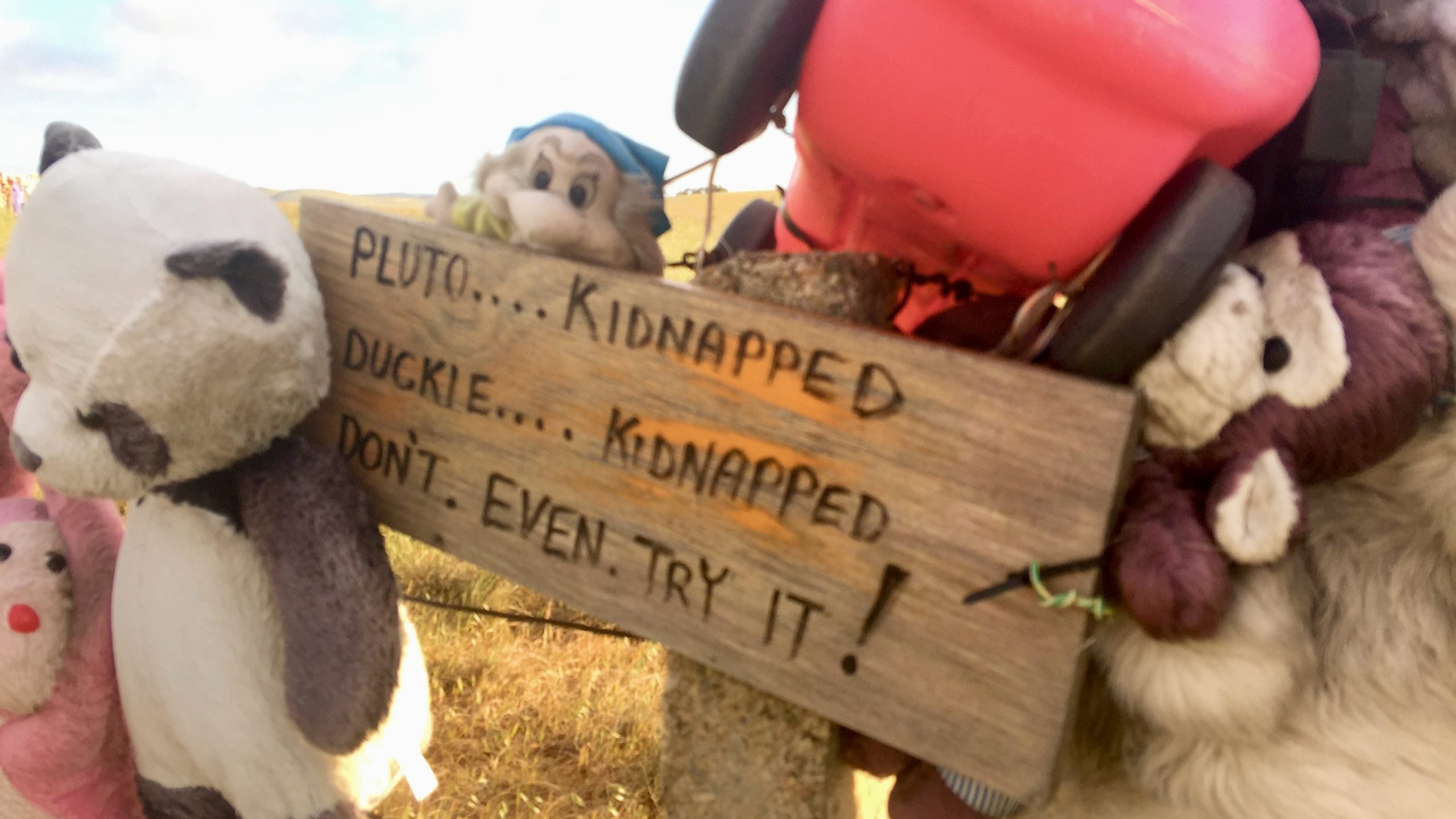

Leave A Comment